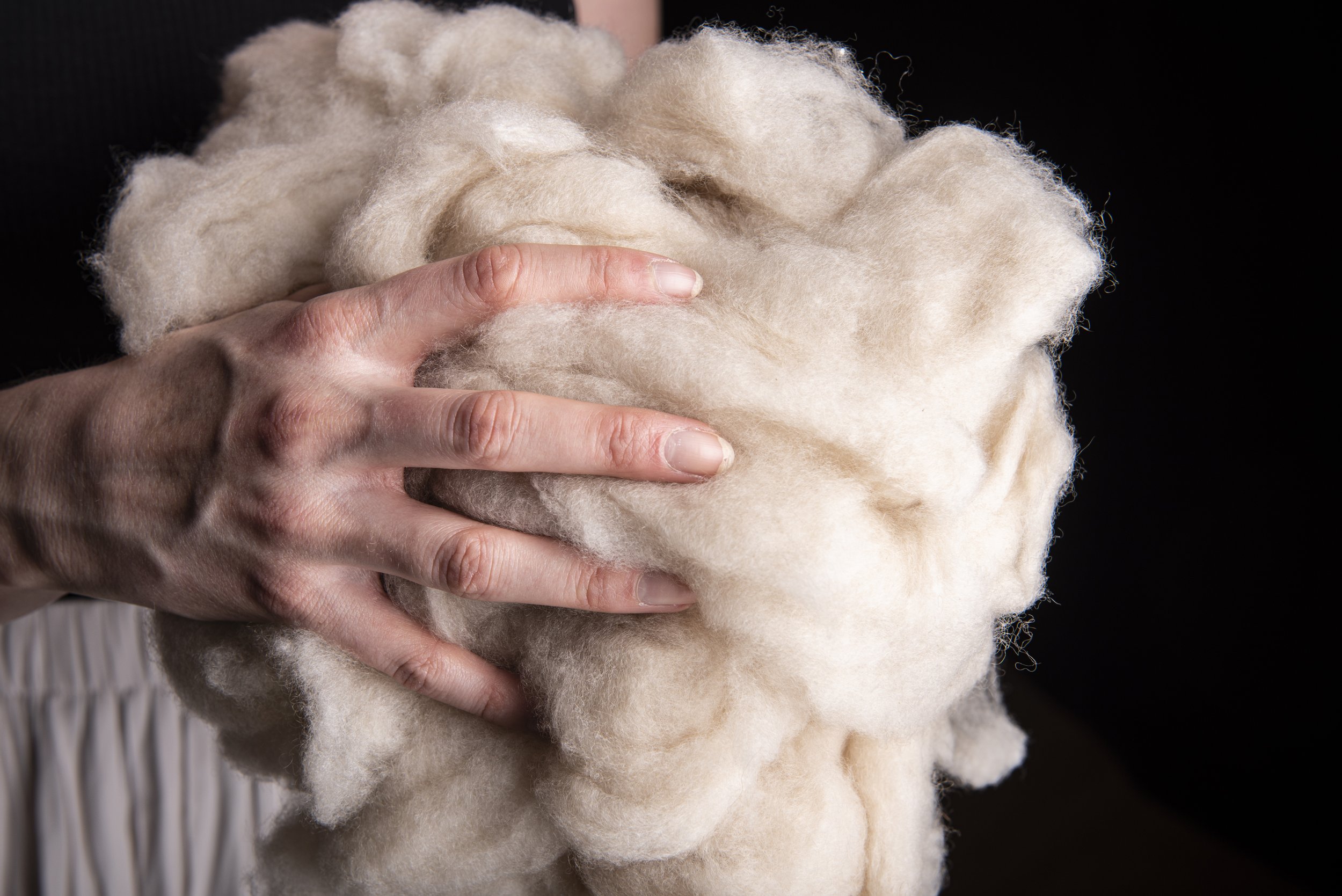What Is Cashmere and How Does It Compare to Other Fabrics?
What Is Cashmere and How Does It Compare to Other Fabrics?
Blog Article
Exploring the Various Sorts Of Cashmere an All-natural Fiber for Ultimate Deluxe
Cashmere, a natural fiber, is often related to luxury and convenience. Not all cashmere is developed equivalent. From the highly soft Mongolian range to the lightweight heat of Indian Pashmina, each type provides its very own one-of-a-kind features and attraction. The much more budget-friendly Chinese cashmere, the conventional Scottish version, and the high-end Italian blend, all inform a different tale of this amazing fiber. As we unravel the globe of cashmere, a much deeper understanding of its real worth and sophistication begins to emerge.
Understanding the Luxurious Nature of Cashmere
Cashmere, often linked with high-end and comfort, holds a distinct attraction in the world of natural fibers. Unlike other natural fibers, cashmere combines insulation with breathability, using unparalleled convenience throughout differing temperature levels. Its lustrous surface and soft structure add to its high-end charm, warranting the costs rate that commonly comes with cashmere garments.
Simply What Is Cashmere and Where Does It Come From?

Cashmere is acquired from the soft undercoat of cashmere goats, mostly discovered in Mongolia, China, Iran, and Afghanistan. This precise process adds to the shortage and high cost of cashmere. With its beginning in the severe landscapes of Asia, cashmere is a testament to nature's capability to generate deluxe from adversity.
Decoding the Different Sorts Of Cashmere
Comprehending the different kinds of cashmere is crucial to valuing the top quality and one-of-a-kind features of this elegant fabric. Usually, cashmere is classified right into 3 types: raw, virgin, and recycled. Raw cashmere is straight gotten from the goat and is unprocessed. This kind typically has contaminations such as dust and coarse hair. Virgin cashmere, on the other hand, is the pure, unrecycled material that is spun right into yarn for the very first time. It is the softest and most lavish. Lastly, recycled cashmere is made from virgin material that has been formerly made use of. It is re-spun and made use of in generating lower-cost cashmere items. Decoding these kinds is the very first step in comprehending the exclusivity and value of cashmere.

The One-of-a-kind Features of Each Kind Of Cashmere
Having actually discovered the different classifications of cashmere, it emerges that each kind boasts its one-of-a-kind collection of features. Mongolian cashmere, for example, is renowned for its premium quality, as a result of Mongolia's extreme winter seasons that generate longer and finer fibers. Alternatively, Chinese cashmere is commonly more budget friendly, though its much shorter fibers can reduce sturdiness. Scottish cashmere is celebrated for its elegant softness, an outcome of the standard water cleaning procedure making use of Scotland's soft water. Italian cashmere, on the other hand, is popular for its masterful mixing and tinting strategies, providing it vivid and versatile. Last but not least, Indian cashmere, additionally called Pashmina, is treasured for its extraordinary lightness and heat. Each kind, therefore, adds to the fabric's reputation for luxury.
Why Cashmere Is the Embodiment of High-end in Fashion
Cashmere holds a prestigious position worldwide of fashion, considered a symbol of deluxe and elegance. Its attraction is not just in its gentleness and warmth, but likewise in its rarity and the careful process associated with its purchase. Cashmere is stemmed from the fine undercoat of Himalayan goats, known for their remarkable quality fiber. The shortage of this fiber, incorporated with the labor-intensive process of collection, adds to its high price and unique status. Additionally, cashmere's unequaled convenience and longevity make it a sought-after material in the creation of high-end garments. Its natural lightweight and shielding residential or commercial properties add to its worth, making it the epitome of high-end in fashion.
The Process of Making Cashmere: From Goat to Garment
The trip of cashmere, from being an undercoat of a Himalayan goat to a luxurious garment, is an intricate one. With the arrival of springtime, farmers in Mongolia and China index gather the wool by brushing the goats, ensuring no injury is done. The acquired wool is composed of coarse outer hair and soft downy undercoat. This blend is after that fastidiously divided, with only the soft down made use of for cashmere. This raw cashmere is washed, dyed and spun right into thread. The thread is after that woven or knitted into fabrics. The last step involves pressing and cleaning to offer the textile its particular soft qualities and warmth. From goat to garment, each action is a testament to the persistence, virtuosity and skill included in crafting cashmere.

Verdict
To conclude, cashmere, with its all-natural read what he said sophistication and unequaled comfort, preponderates worldwide of deluxe fashion. The diversity in kinds, ranging from the soft Mongolian, lightweight Indian Pashmina, inexpensive Chinese, typical Scottish, to the vivid Italian, discloses the adaptability of this all-natural fiber. The scrupulous process of transforming it from a goat to a garment better adds to its exclusivity, making cashmere the epitome of class and deluxe.
Cashmere, a natural fiber, is usually connected with high-end and comfort (is cashmere a natural fiber).Cashmere, usually linked with luxury like it and comfort, holds an one-of-a-kind appeal in the globe of all-natural fibers. Unlike other natural fibers, cashmere combines insulation with breathability, using unmatched convenience throughout differing temperatures. Cashmere is derived from the soft undercoat of cashmere goats, largely located in Mongolia, China, Iran, and Afghanistan. Cashmere is obtained from the great undercoat of Himalayan goats, recognized for their exceptional top quality fiber
Report this page